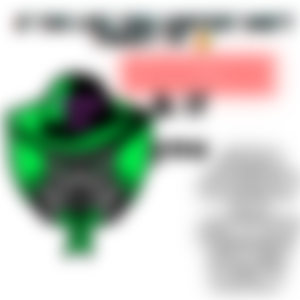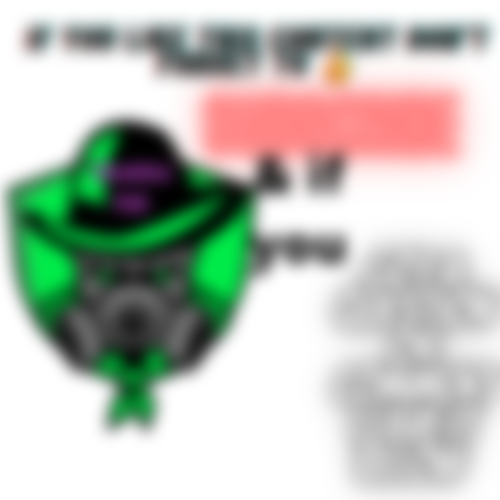Intro
Ethereum 2.0 is set to begin the process of upgrading the existing system used by ETH currently. In this article ill address just what exactly that means for average crypto users. As well as address concerns many have regarding both security and GAS fees.
The issues
Ethereum needs to be able to handle more transactions per second without increasing the size of the nodes in the network. Increasing node size isn't practical because only those with powerful and expensive computers could do it. Ethereum needs more transactions per second coupled with more nodes. More nodes not only means more security but more sustainability and better performance as well.
Security
The Eth2 upgrades improve Ethereum's security against coordinated attacks like a "51% attack". This is a type of attack where if someone controls the majority of the network they can force through fraudulent changes. Transition to proof-of-stake means that the Ethereum protocol has greater disincentives against attack. Because in proof-of-stake the validators who secure the network must stake significant amounts of ETH into the protocol. If they try and attack the network the protocol can automatically destroy their ETH. Ethereum needs to upgrade to a (POS) Derivative because of the 51% attacks made possible in (POW) proof of work.
While a (POS) based model has the ability to force entities who secure the network (miners) to lose mining rewards they would have otherwise earned. To achieve the equivalent effect in (POW) the protocol would have to be able to destroy all of a miner's equipment if they try and cheat.
Ethereum's security model also needs to change because of the introduction of shard chains. A feature known as a Beacon chain allows ETH stakers to randomly assign validators to different shards this makes it virtually impossible for validators to ever collude by attacking a specific shard. Sharding isn't as secure on a proof-of-work blockchain, because miners can't be controlled by the protocol in this way.
Lower gas fees and faster transactions.
The shard chain upgrade as it's referred to will spread the load of the network into 64 new chains. Giving Ethereum room to breathe by reducing congestion and improving speeds beyond the current 15-45 transactions per second limit.
Though there will be more chains they will actually require less work from validators AKA the maintainers of the network. Validators will only need to run their shard and not the entire Ethereum chain. This makes nodes more lightweight effectively allowing Ethereum to scale and remain decentralized.
Introduction of staking also means you don’t need to invest in elite hardware to "run" an Ethereum Node. This should encourage more people to become a validator increasing the network’s decentralization and decreasing the attack surface area. Anyone can become a validator.
Although staking will be introduced by the beacon chain upgrade the Ethereum we use today will have to run in parallel for a period of time before it combines with the ETH2.0 upgrade. One system secured by ETH the other by computing power. Due to the fact that at first shards won't be able to handle things like our accounts or dapps. So they can’t just forget about the Proof-of-Work secured assets.
Dapps and NTFs
I have literally been at the futurist conference for 18 hours over the last 2 days. Suffice it to say i have learned quite allot from so many tech giants in the industry. Given most NTFs though not all run on ETH derivatives like ERC20s. I thought i would include the fact that i have been geting allot of NTFs from the conference. Though normally i avoid such things as NTF games, tokens and art.
I had to learn quite a bit to receive the NTF's made available for free for those at the futurist conference. Two ill mention today if you able to operate a web wallet you should check out Game credits & Splinter-lands. In a future article ill cover web wallets but i was able to have my questions answered by the founders of both Game credits & splinter lands. So i though id give them honorable mentions. Splinter lands is Free to get started so i would recommend you check it out if possible.
Conclusion
Whats in my crypto wallet is an ever evolving topic. Since there has been so many block chain upgrades as of late i have focused my efforts on Cryptocurrency mostly. However ill begin to expand the scope of this series soon things like NFTs and EOS derivatives that many have limited experience with. Got any questions regarding either the NTF companies i mentioned or ETH 2.0 leave them in the comments. If i haven't been responding the last little while on read.cash I apologize & it shouldn't be a problem anymore now that the futurist conference is over.


Wow.i am interested.join me plz